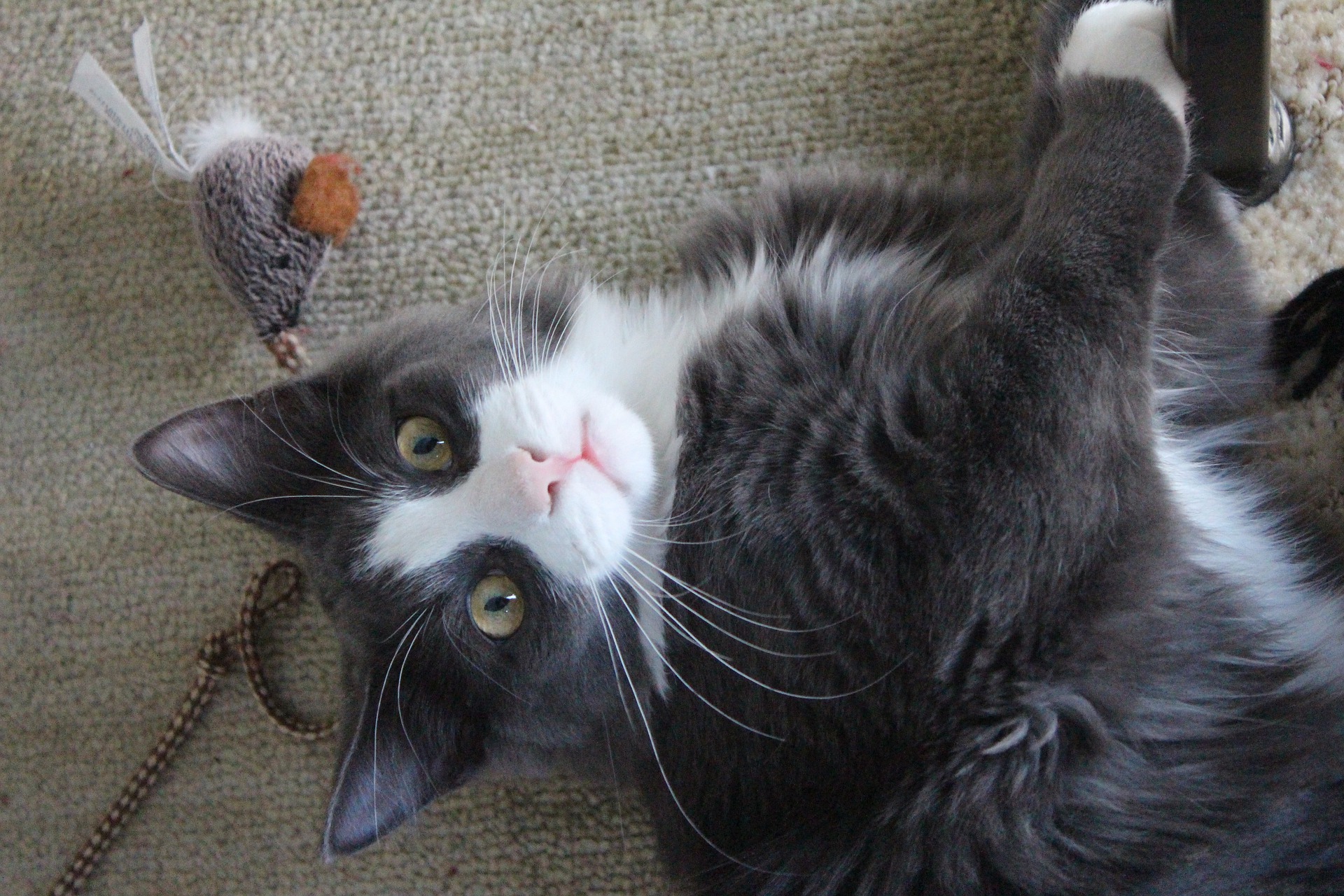
Dog Behaviourist Near Me: Finding Help for Your Furry Friend
Are you struggling with your dog’s behavior and searching for a professional to assist you? Look no further. A local

Are you struggling with your dog’s behavior and searching for a professional to assist you? Look no further. A local

As much as we love our furry friends, their unique odor can sometimes linger in our homes. It can be

Owning a dog can bring immense joy and companionship to your life. However, without proper training, it can also lead

While it’s a common belief that cats are better off roaming around outdoors, most cat experts will advise you against

Owning a dog can bring immense joy to your life, but it also entails responsibilities. One of the most crucial

Potty training a puppy can be one of the most difficult tasks for any pet owner. It requires patience, consistency,

You need to do your homework when you want to provide your hamsters with the best possible bedding. You need

What are the Benefits Of Dog Biscuits? Dog biscuits offer many benefits that can make them an important part of

A homemade cat playground could be the answer if you’re looking for a way to keep your cat entertained and